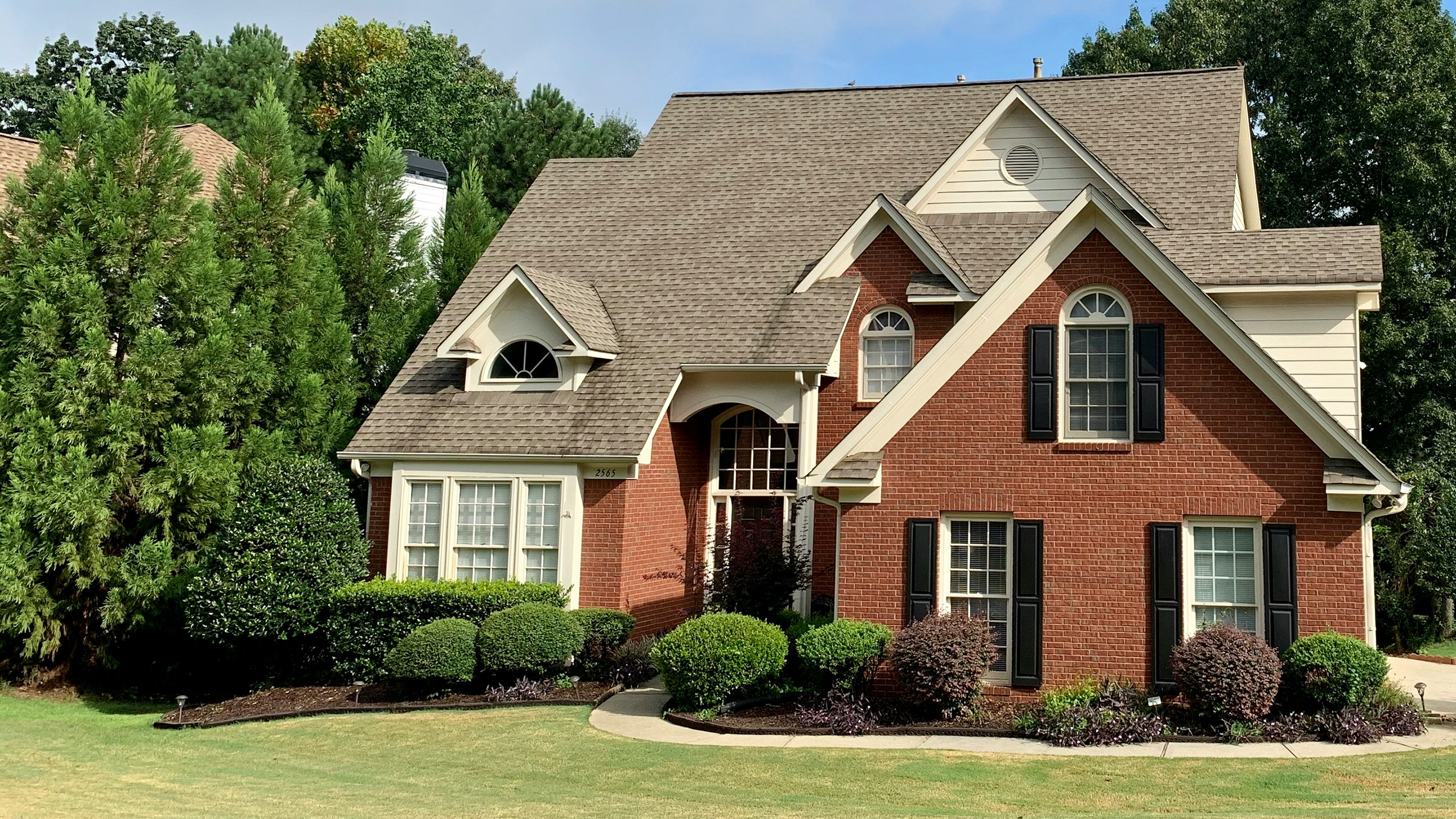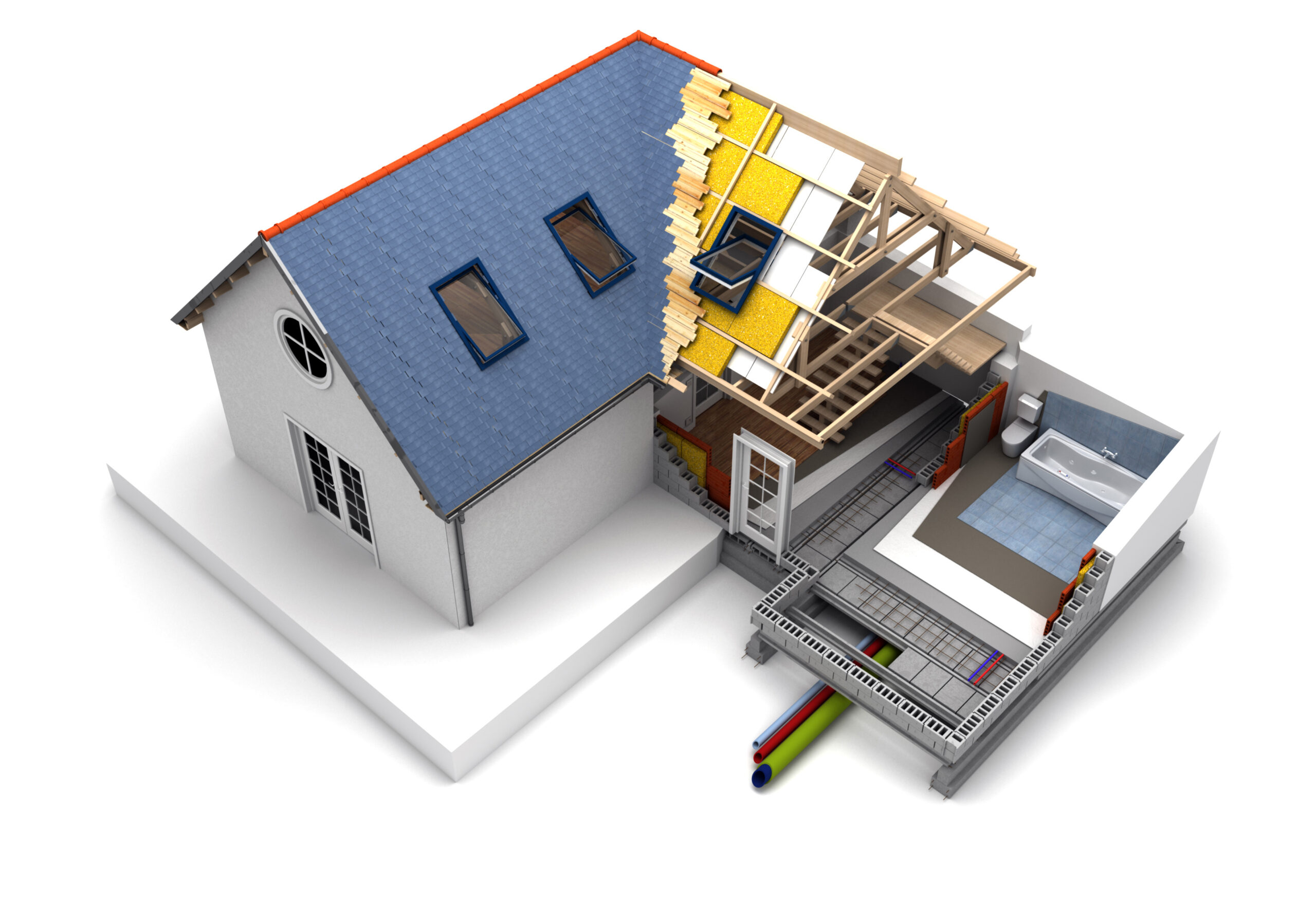

How is my roof, ventilation, and insulation connected?
In the final article of our three-part series on water-related roofing issues, we’re zooming out to look at the bigger picture. After covering how to identify and resolve ceiling stains, and tackling the issue of attic condensation, we now examine how three major systems—roofing, insulation, and ventilation—work together to protect your home and ensure a durable roofing structure.

According to Paul Browne, McCoy Roofing’s Operations Manager, “Roofing, ventilation, and insulation are three sides of the same pyramid. If one of them is incorrect it will negatively affect the other two sides and cause issues for the homeowner.”
Let’s break down how each component plays a role—and what happens when one side of the pyramid fails.
The Roof: First Line of Defense
The roof is your home’s frontline protection against the elements. If it’s installed improperly or damaged, water can penetrate and enter the attic space. This leads to:
- Moisture buildup in insulation
- Ceiling and wall stains
- Drywall damage
- Decreased insulation performance
Even minor leaks or improper flashing can introduce enough moisture to cause long-term damage. That’s why a high-quality roof, installed by professionals, is critical to the overall health of your attic system.
Insulation: Regulating Heat and Moisture Flow
Insulation doesn’t just keep your home warm in winter and cool in summer. It also plays a key role in regulating moisture and acts as a barrier between your conditioned living space and the attic.
On warmer days, it helps prevent cold, indoor air from escaping upward and interacting with hot, humid attic air—a mix that can create condensation. The reverse is also true: warm air rising into a cold attic during the winter can cause frost buildup, which eventually melts and causes dripping or staining.
Properly installed insulation reduces the risk of condensation by helping stabilize the temperature difference between your home and attic.
Ventilation: The Airflow Engine
Ventilation allows fresh air to circulate through your attic, carrying moisture out before it can condense. Without proper airflow:
- Moisture gets trapped, leading to condensation and frost
- Drips and ceiling stains can occur
- Attic temperatures soar in warm weather, potentially causing shingle blistering and premature roof aging
When your attic has balanced intake and exhaust, it helps maintain an attic temperature close to the outside air. This balance is key to keeping moisture levels in check and your roof materials in good shape.
Why roofing, insulation, and ventilation go together
These are not independent systems, but rely on each other to perform properly. A roof in good condition won’t prevent condensation if the insulation is lacking or the ventilation is poor. Likewise, great insulation won’t help much if the roof is leaking or moisture can’t escape the attic.
Paul puts it simply: if one side of the triangle is off, the other two suffer—and ultimately, so does the homeowner.
Protect Your Home
Want to make sure your home is working in harmony? Schedule a free inspection with McCoy Roofing. Our team will assess each part of the system, identify any weak points, and offer expert solutions to keep your home dry, energy-efficient, and protected year-round.
Throughout this three-part series, we’ve explored some of the most common—and commonly misunderstood—moisture-related roofing issues homeowners face: mysterious ceiling stains, attic condensation, and now, the vital connection between the systems that keep it moving. Each element we’ve covered plays a part in maintaining your home’s health. If any part of the system feels off, don’t guess—call McCoy Roofing for a free inspection.